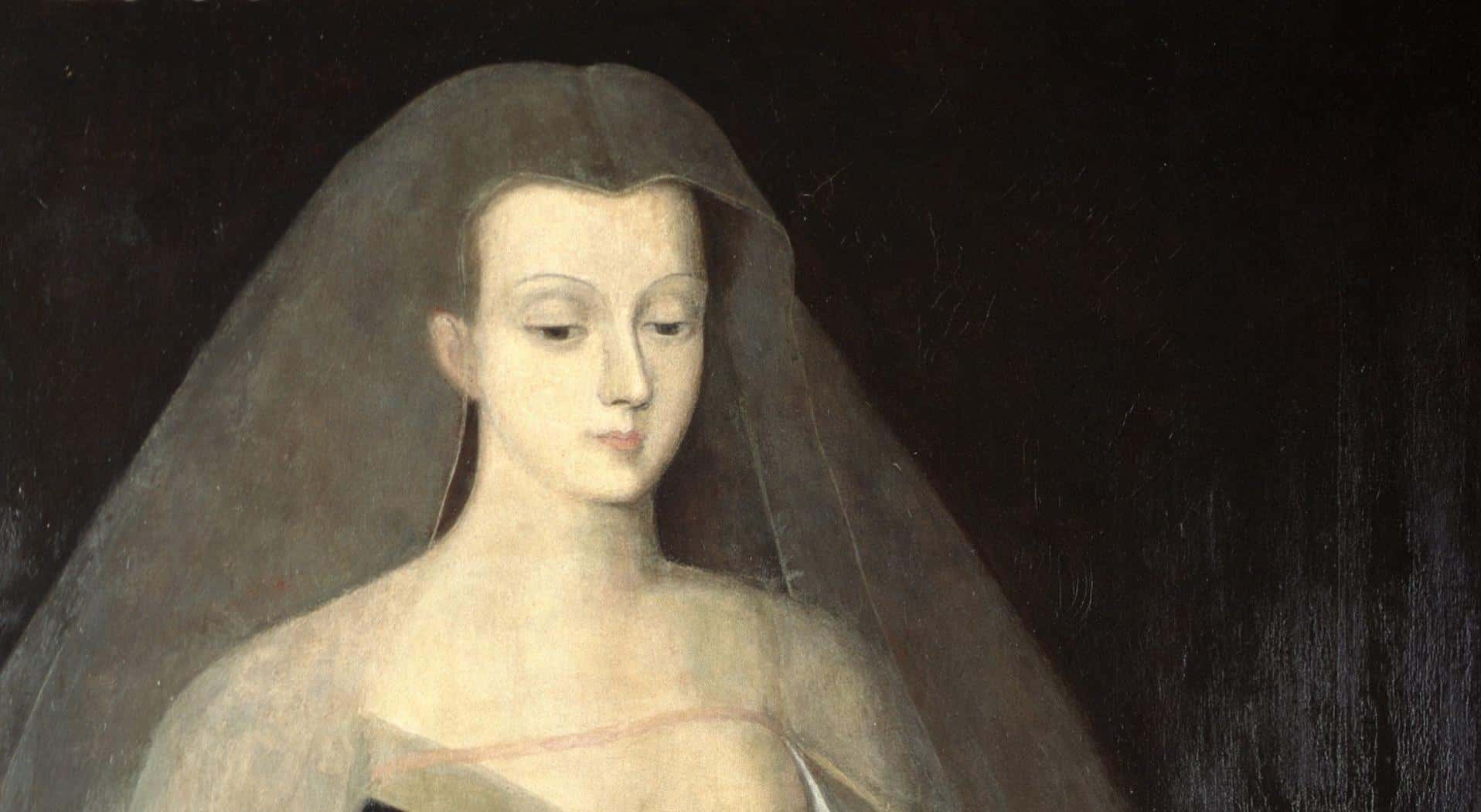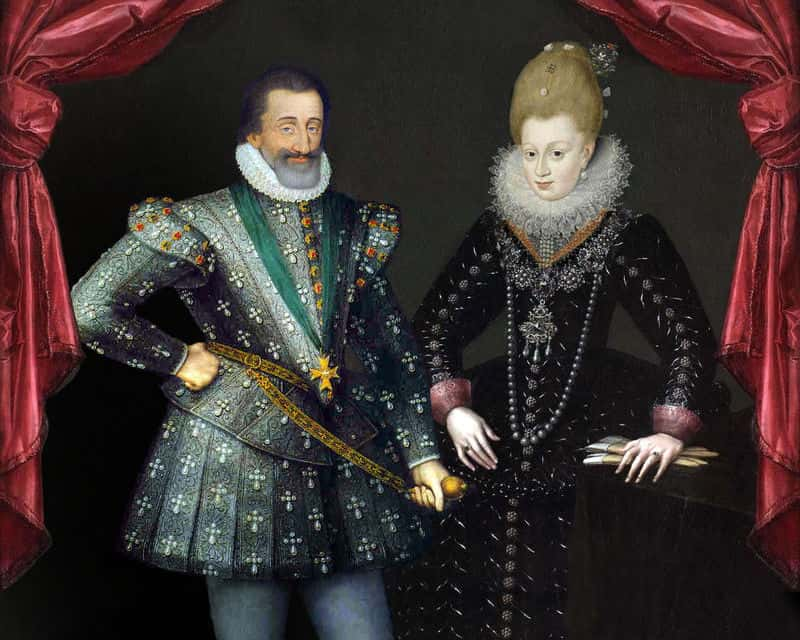“I always wanted to be a femme fatale. Even when I was a young girl, I never really wanted to be a girl. I wanted to be a woman.” –Diane von Furstenberg
What is a “femme fatale”? Is she a schemer? A mistress of seduction? A general maneater? Or is a “femme fatale” simply any woman with power and a plan? The Hollywood film noir has immortalized the femme fatale as a sexy character archetype, a lady who lures men into deadly plots with her mix of great beauty and bad intentions. Going backward into history, however, we can see her archetype emerge again and again, as artists and historians struggle to wrap their heads around female power.
These days, it looks like all a woman needs to do is exert power in any sort of dangerous or non-traditional way and—boom!—we got ourselves a femme fatale! Not just classical temptresses, but spies and serial killers have been filed under the tantalizing label, even if these stories just barely touch on the “sexual” or the “feminine.” Adjust that lipstick and savor these 42 devious facts about femmes fatales.
Femmes Fatales Facts
42. Assassin of My Heart
In 1960, the CIA pressured Fidel Castro’s mistress into killing him. According to the plan, the woman, Marita Lorenzo, would proffer Castro poison pills that she had smuggled in her jar of face lotion. Unfortunately, the pills dissolved in the cream, and things got even worse: Castro got wise to her plot. Yet it appeared Castro was more heartbroken than mad, as he offered Lorenzo his own gun and told her to finish him off herself. She still loved him and couldn’t do it. They ended on good enough terms for her to visit one last time in 1961. That’s love, folks!
41. All in the Family
You don’t become China’s only ruling empress by playing by the rules. Wu Zeitan was the favorite concubine of Emperor Taizong, and she refused to just retire when he died. Instead, Wu hooked up with dead lover’s son, the new Emperor Gaozong, stayed in power, and even claimed China for herself upon his death.
40. Pay or Say
Harriette Wilson was a prolific courtesan in Georgian England and a breathing lesson in honoring your financial commitments to women. Facing hard financial times, Wilson penned a scandalous account of her affairs—and charged her ex-lovers to remain anonymous in her writings. Considering many of her lovers were among England’s most elite—including prime ministers, heroic veterans, and even royalty—they had to pay or have Wilson air their dirty laundry to the public, and their wives.
39. Better Out Than In
Agnes Sorel is generally cited as the first truly powerful royal mistress of France. As lover to King Charles VII, she was hugely influential, advancing land grants and court positions for herself as well as her family. She was also quite avant-garde when it came to fashion; Agnes pioneered the style of exposing one breast out of your dress at all times as the ultimate symbol of her sexy superiority.
38. This Bed Ain’t Big Enough for the Three of Us
Depending on who you ask, Eva Perón was either the loyal and influential First Lady of Argentina, or an up-jumped mistress and failed actress who meddled in Juan Perón’s political affairs. What is known about her affair with Juan? It began with Eva successfully demanding that he immediately discard his current standing mistress…on the night that he and Eva had just met. Get it, girl.
37. Sleep Your Way to Sainthood
Empress Theodora is mostly remembered today a mother to the Byzantine Empire and Saint to Eastern Orthodox Christians. But Theodora began her political career as a sex worker and actress. One of her clients was Justinian, the heir to the Empire. Unsatisfied with just a professional relationship, Justinian changed the very law itself to marry the common courtesan.
36. Don’t Step on These Twinkled Toes
Prance your way to power like Lola Montez did in 1846. The fledgling erotic dancer made a name for herself not just with her twinkling-toes, but by seducing King Ludwig I of Bavaria. Montez was so successful at cheesing off the Bavarian Jesuit faction, they labeled her a “Venus” and called for her destruction. Post-revolution, Montez would escape to New York City and hawk this high tales for the rest of her life.
35. Regal Revenge
Hell hath no fury like a king’s son’s mistress scorned. Still following? When Duke Frederick of York—AKA King George III of England’s second son—broke up with his mistress, Mary Anne Clarke, she did the “ladylike” thing and slunk away quietly. Just kidding: Clarke announced—true or not—that she had leveraged her position with the Duke to take bribes for military promotions, which caused an international scandal and spoiled her royal ex’s reputation.
34. Beauty & Brains
In the 18th century, Emilie du Châtelet was a Frenchwoman known in Europe’s intellectual circuit, both for her amazing mind and for her amazing other parts. When Châtelet wasn’t occupied as a lover to both Voltaire plus the dude who inspired Valmont in Dangerous Liaisons, she was also a key figure in advancing modern theorems of energy.

History's most fascinating stories and darkest secrets, delivered to your inbox daily.
33. On the Fence
Despite being an ardent Catholic, Gabrielle d'Estrées was the chief mistress of the Henri IV of France, a Protestant King of a still mostly-Catholic country. When Henri introduced his unpopular Edict of Nances, which gave Protestants more rights in France, it was d'Estrées who quelled rebellion and vocal uprising from her own Catholics. Henri publicly praised her and sought to break up his marriage in order to marry her himself—unfortunately, d'Estrées died in childbirth at the age of 26 before seeing the full extent of her wily influence.
32. The Adultery Diaries
Benito Mussolini was the infamous World War II dictator of Italy, but he didn’t let his political career—or wife and five kids—stop him from taking the 19-year-old Clara Petacci as his mistress. That is, until it all came crashing down as Mussolini was hung by a mob outside of Milan. Nevertheless, her journals during the affair were published in 2009, which means the public is welcome to gander at the dirty details of Mussolini’s private life.
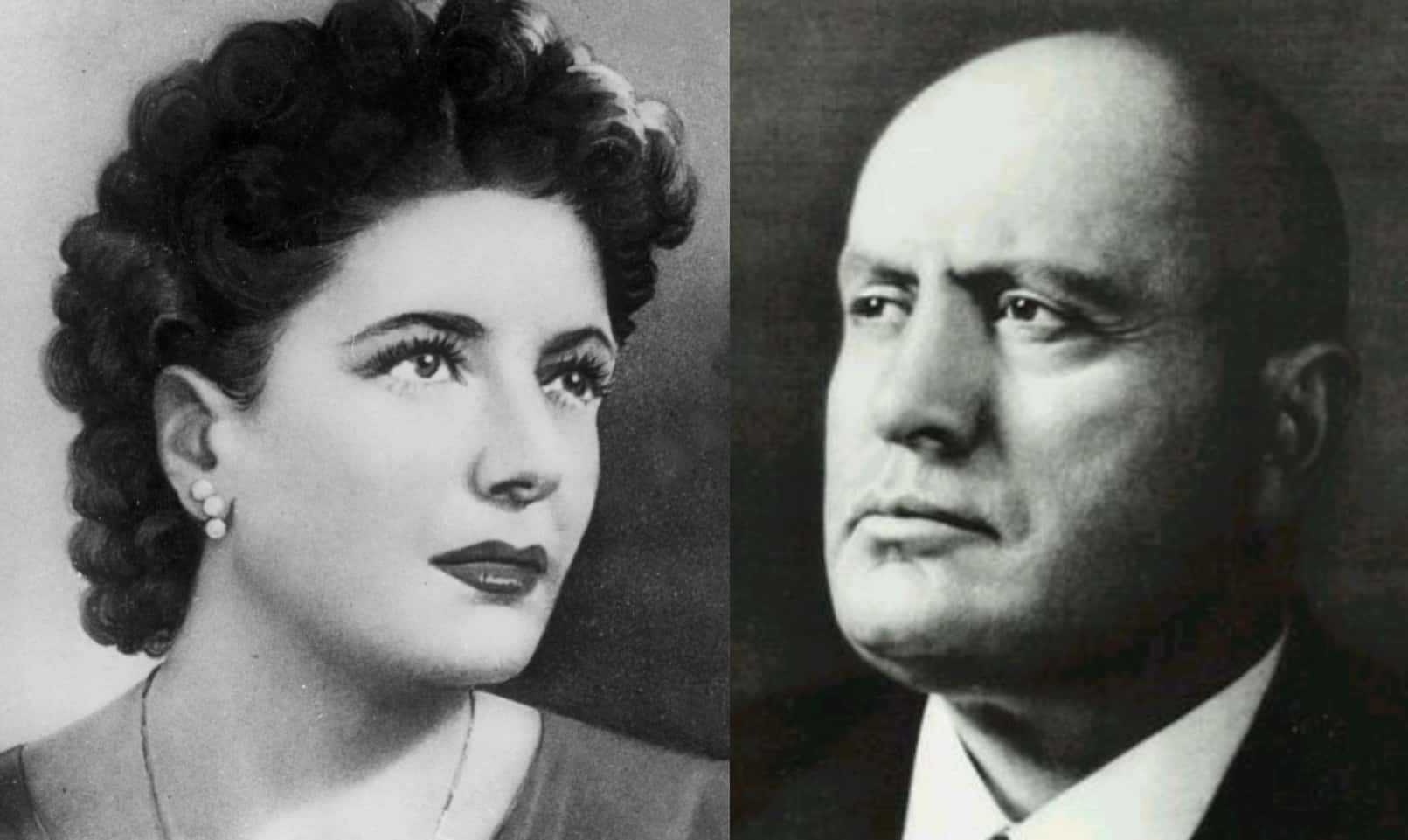
31. That’s So Pompadour
When she was only 5 years old, Jeanne Antoinette Poisson was taken to a fortuneteller named Madame de Lebon. The soothsayer predicted that the middle-class Poisson would grow up to reign over the heart of a king. Accordingly, the little girl’s mother gave her a rigorous education that would put in the royal court, where Poisson did, eventually, fulfill her “destiny.” And this little girl, of course, grew up to be the famous Madame de Pompadour, chief mistress to Louis XV of France. Maybe Lebon could really see the future…or maybe she just gave Poisson’s mother the motivation to send the girl on a self-fulfilling prophecy. We don’t hold the crystal balls here.
30. My Little Poisoner
What if a real-life “femme fatale” is mostly based in fiction? That’s probably the case with Lucrezia Borgia, the illegitimate daughter of Pope Alexander IV. History has painted her with a poisonous brush. For centuries, she’s gone down as mercurial as her father and brothers, implicated in countless assassinations against her enemies and her own husbands! It’s even said Lucrezia carried a hollowed ring filled with poison, for when peaceful negotiations just couldn’t cut it at the dinner table. Nothing but rumors substantiates these tales, but historical soaps just can’t get enough of this Renaissance femme fatale.
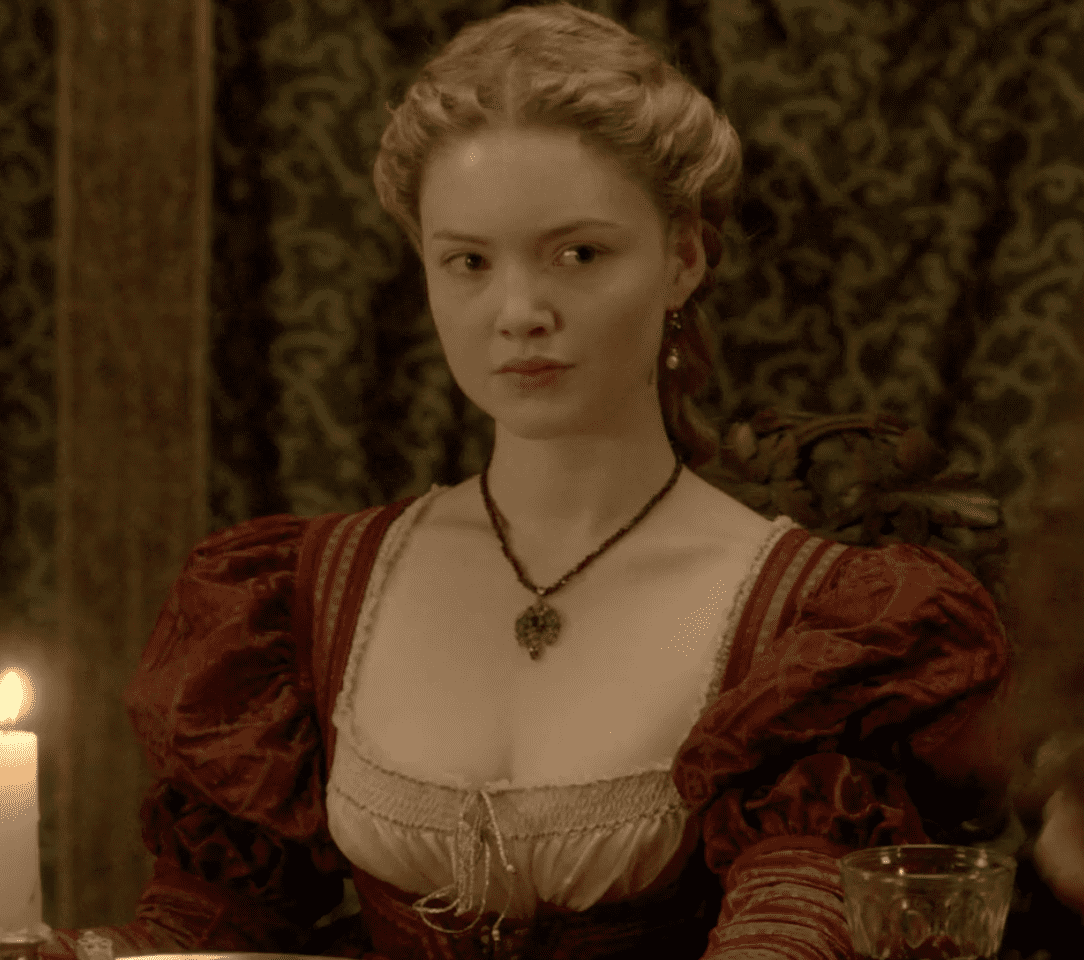 Pinterest
Pinterest
29. Catch These Claws
Idioa Lopez Riano is a Basque separatist from Spain who is serving a 1,500-year prison sentence. As a force behind multiple political murders throughout the 1980s, Lopez’s nickname “La Tigresa” (the tigress) derives from her sexual reputation; her modus operandi involved seducing police officers right before her strikes.
28. ‘Til Arrest Do Us Part
If her story didn’t take place in the English mid-1800s, one could totally imagine Marie Manning as the femme fatale in a Hollywood film noir. After all, she and her husband, Frederick Manning, became Britain’s the first married couple to be publicly executed side-by-side in 1849, an event which about 40,000 people attended. Once upon a time, Marie was juggling marriage proposals between Frederick and an older gentleman. She married Frederick, thinking that his inheritance was coming soon. When that money didn’t pan out, she and her new husband robbed her ex-suitor’s house, killed him, and stuffed his body under the floorboards. Before it gets too romantic here, you know both Marie and Frederick tried to lay the blame on each other throughout the trial. So maybe “ride or die” is an exaggeration.
27. Dirty Dozen
Marie Besnard was named “the Queen of Poisoners” after being charged with 12 murders. Among her alleged victims were her father, her mother, a father-in-law, a mother-in-law, two friends, both of her husbands, and miscellaneous relatives. By now, you get the idea. The French courts tried Besnard a total of three times over 10 years for the deaths, but it ended in two mistrials and an acquittal. She never served time in prison and died a free widow in 1980.
26. Knock-Out
Juana Barraza led a triple life. By day, she was a 48-year-old single mother of four. By night, she was a Mexican masked wrestler who could bench-press more than 200 pounds and fought under the name “The Silent Lady.” Her third, less savory night job was “serial killer.” Barraza killed as many as 49 people between 1998 and 2006. All of her victims were elderly women; Barraza would gain their trust, enter their homes, and promptly strangle them for no reason other than, in her words, “I got angry.” Was wrestling not enough of an outlet for her rage?
25. Last Rights
In 1984, Velma Barfield became the first American woman to be executed in 22 years. She had been convinced of six murders, all of whom were poisoned with arsenic, so Barfield could collect insurance and feed a growing drug habit. Her last requests and meals were almost stereotypically “girly”: she ate Coca-Cola and Cheez Doodles as her last meal and wore pink PJs to her death. Sounds like my last slumber party!
24. Women of Words
Although the term “femme fatale” gets pinned to Hollywood film noirs about scheming, deadly women, the phrase came up, predictably, in the French language during the mid-1800s. Before that, the lady (un)lucky might have been called a “Circe.”
23. Dressed for Success
Giuseppe Dosi goes down in history as the “Sherlock Holmes” of Italy. He was a master of disguise, with 17 confirmed disguises in his repertoire. His collection was not complete, of course, without his “femme fatale” persona. We hope it came in handy.
22. Wrong Song
Even in antiquity, the femme fatale served as a convenient character archetype to explore fears about female sexuality and power. Once mythic example of “femmes fatale” might be the Sirens of Odysseus’ voyage, the seductive creatures who try to pull his ship off course and into the rocks.
21. Last Free Will and Testament
Isadora Duncan was a bisexual, communist, atheistic, unwed mother of two. But she is better known for innovating European dance a characteristically modern twist. Even her death was scandalous and entangled with schemes: her will was the first Soviet last testament to be probated in the United States.
20. Cleopatra
Hollywood just can’t resist putting Cleopatra of Egypt into the box of “femme fatale.” As Plutarch’s Julius Caesar biography details, the Egyptian queen smuggled herself inside of a carpet to get past Caesar’s guards and subsequently seduced the Roman ruler—an affair which convinced him to promptly drop his plans to take Egypt for himself, instead opting to support her rule. Cleopatra would go on to have much more politically active—and complicated—life, but this anecdote did wonders to immortalize her as one of history’s most powerful seducers.
19. Who Needs Revolution When You Have Songs?
Euphémie Daguilh was a Haitian choreographer and composer whose power over people—lovers and audiences alike—was legendary. She was the most influential mistress of Emperor Jean-Jacques Dessalines of Haiti; when he was deposed, the mobs almost killed her. But Daguilh was such a charmer, she managed to regain control of the crowd by implying that she would treat them to dessert and some of her songs.
18. Queen of Mean
Griselda Blanco wasn’t called “La Madrina” (the Black Widow) for nothing: the notorious “Queen of Cocaine” was connected to the murders of her three ex-husbands, in addition to countless other hit-jobs in her professional life. But I guess when your professional life leads to you being referred to as the Queen of Cocaine, the body count does start to increase sharply.
 Sea food - seafoodnet.info
Sea food - seafoodnet.info
17. Time is a Flat Circle on a Motor Bike
Ironically, the “Black Widow” of the 1970s cocaine trade was entangled by a web of her own making: Griselda Blanco was killed in 2012 by a motorcycle drive-by shooting—an execution-style which she invented. A fitting punishment.
16. Instagram Baddie
The title “Queen of the Pacific” seemed too perfect for Sandra Avila Beltran. She was, after all, born into the Mexican drug trade—third generation—and kept her affairs within the royal drug courts, having formed a romantic and professional alliance with Colombian drug kingpin Juan Diego Espinos. She also had a queenly taste in aesthetic; Beltran was fond of plastic surgery and persuaded officers to let her put on make-up before she did her perp walk.
15. Giddy and Put Your Hands Up
Hide your horses! If you were a rancher in 19th century Texas, you would’ve been on the lookout for Belle Starr, the infamous horse-stealing outlaw. Alongside her partner in crime and love—a Cherokee Native American by the catchy name of Sam Starr—Belle managed an Oklahoma Indian Territory ranch that also doubled as a hostel for other outlaws. The couple spent their days preying upon hapless cowboys, at least until Belle was mysteriously shot to death on her own ranch in 1889.
14. Trading on Up
Anne Bonny’s piracy career began with two iconic femme fatale tropes: snitching and adultery. Not fond of her husband’s decision to be a government spy, Bonny began to hang out in pirate bars. She inevitably took a pirate lover, the infamous John “Calico Jack” Rackham, who tried to pay her husband off to let her go. When Bonny’s husband refused, the lovers simply ditched him and went on to raid ships into the sunset.
13. Beautiful and Wanted
In 2014, the Internet gathered around Quebecoise bank robber Stéphanie Beaudoin as “the world’s hottest criminal.” Beaudoin had tweeted a picture of herself in a bikini. She looked pretty good in it. Apparently, that was enough to gain Internet fame as a modern-day femme fatale with a hot rap sheet to match her looks: at the time Beaudoin was facing 114 charges, including bank robbery, breaking and entering, and gun possession.
12. Stealing Heart
People in 1899 just couldn’t get enough of female stagecoach robber, Pearl Heart. She was even given a pardon from prison, thanks to a sympathetic Arizona governor. Afterward, her life becomes harder to verify, with even her date of death being a mystery. Perhaps it’s better to leave our starlets to the imagination.

11. Unholy Vows
Did “femmes fatales” start in the nunnery? Some cite the “wayward nun” character archetype as the Christian Medieval ancestor of the femme fatale. After all, what better way to play with the boundary between female authority and sexuality than donning a funny habit?
10. Not Shy Spy
Anna Chapman was a Russian-born model and media personality who managed to make a charmed life for herself in early 2000s New York. It must have shocked her friends when Chapman was arrested for spying for the Russian government. According to FBI counter-intelligence chief Frank Figliuzzi, Chapman almost snared one of the president’s leading cabinet members in a “honey trap” plot.
9. Who Needs Revolution When You Have Songs?
Chiyome was not only the wife of a samurai warlord—she was the 16th-century leader of a female ninja group, of whom there are few contemporary accounts. After all, good ninjas don’t tend to leave traces. Recruiting sex workers and orphans alike to her spy ring, Chiyome’s army seduced and slaughtered their way through the country on countless missions. As many as two to three hundred female spies took flight under Chiyome’s vast and shadowed wing.
8. She Bites Back
Not unlike Cleopatra, the “She-Wolf” of France, Isabella of France, who became the Queen of England, has been an attractive figure for historical fiction writers who want to dabble in “femme fatale” tropes. When you turn to both your lover and a foreign army to depose your husband, as Isabella did in 1330, I think “femme fatale” isn’t doing full justice to your name.
 YouTube
YouTube
7. Misandry Murders
Belva Gaertner was known as the “most stylish woman on Murderess Row.” In 1924, the cabaret singer and accused killer was charged with shooting her lover to death in a car. Gaertner pled drunken amnesia with no recollection of what had happened. The 38-year-old dancer offered the made-for-movie line, “Why it's silly to say I murdered Walter. I liked him, and he loved me—but no woman can love a man enough to kill him. They aren't worth it, because there are always plenty more." Despite—or perhaps because of—her aloof approach to men’s lives, Gaertner was acquitted of all charges.
6. PR to Die For
Just one month after Belva Gaertner was arrested for murdering her lover, a Southern belle named Beulah Annan was arrested for the similar crime of shooting her lover, this time in her house. Joining Gaertner in jail, Annan was dubbed “the prettiest woman on Murderess Row.” Annan pulled every charm and publicity trick to gain advantage, before and after her trail, from saying her victim was a burglar, pleading a fake pregnancy, and even turning her subsequent divorce into a photo-op.
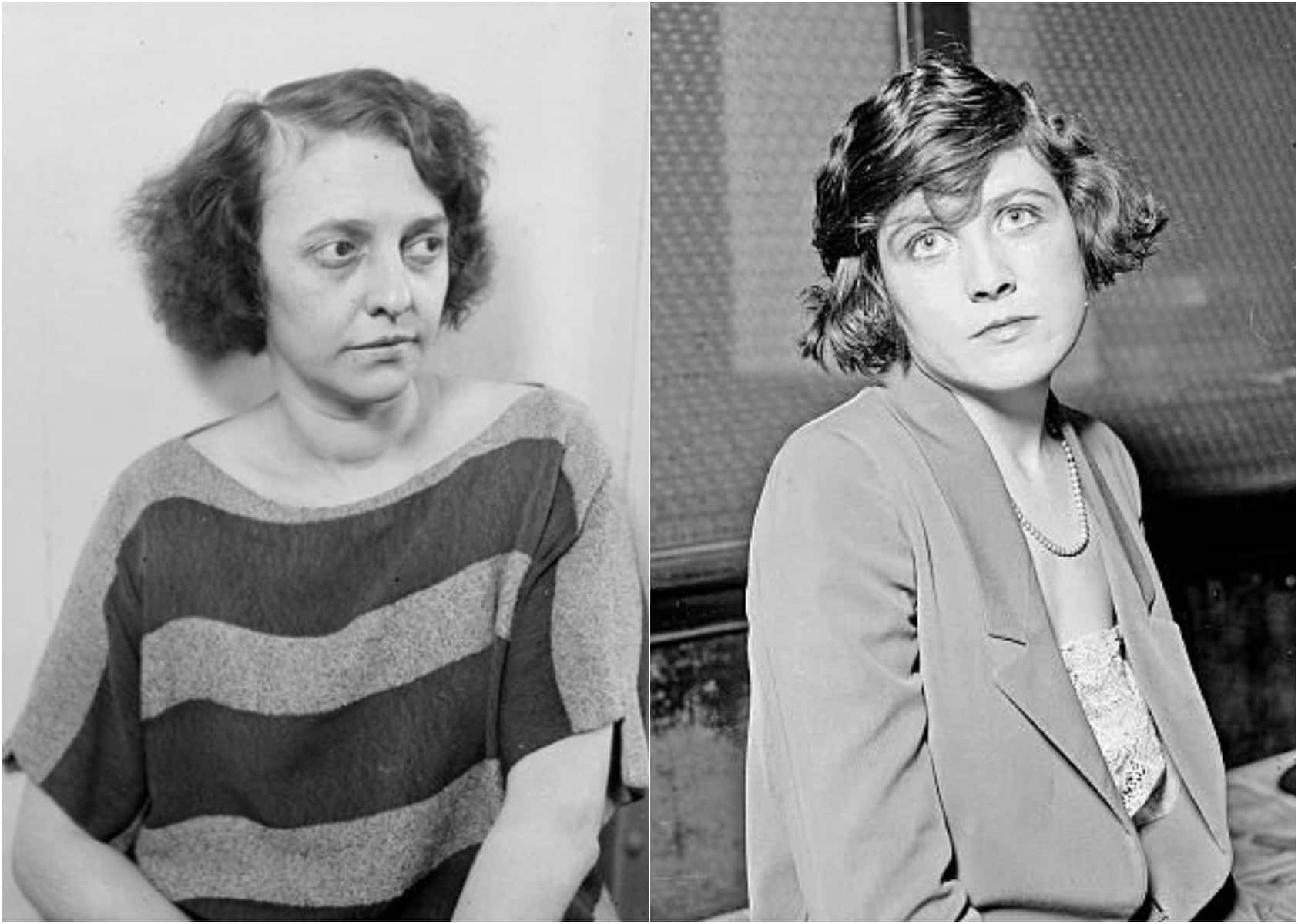
5. A Murderous Motion Picture
Of course, Belva Gaertner and Beulah Annan’s salacious murder trials—and acquittals—would form the basis of journalist Maurine Watkin’s 1926 play, Chicago. And of course, that play would inspire the 2002 film Chicago starring Rene Zellweger and Catherine Zeta-Jones as the jazzed and trigger-happy femmes fatales.
4. Strife with the Wife
Diane de Poitiers was 20 years older than her lover, King Henri II of France. The age difference did nothing stop to Poitiers from exerting more control in his reign than Henri’s own queen, Catherine de Medici—who, unlike Diane, was Henri’s age. In fact, it was Diane who had to remind Henri to spend more time with his wife and make royal babies.
 Reign Wiki
Reign Wiki
3. Hürrem Sultan
Hürrem Sultan was an Ottoman slave-concubine who was so influential, Sultan Süleyman the Magnificent freed her, married her, and innovated the title of “Haseki Sultan” (favorite concubine) just for her. But did he kill his son just for her? Hürrem used her unprecedented position to remove allies of Prince Mustafa, Süleyman’s eldest son from a previous concubine. Under fratricidal law, Mustafa was a primary threat to her own children. Yet, it was her husband who ordered the death of Mustafa himself. Regardless, Suleiman’s compassion for Hürrem—and his kids by her—is an oft-cited excuse behind the execution of his eldest, more ambitious child.
2. Squad Goals
According to some, Catherine de Medici kept a “stable” of beautiful female spies, who became known as “l’escadron volant,” or the flying squadron. In theory, Catherine would deploy these ladies to the beds and hearts of Paris’s most high-powered men, where they would learn secrets and pass them on to their mistress. Of course, historians still debate how much is true and how much is simply salacious slander.
 Pinterest
Pinterest
1. A Kiss with a Fist
Born a white Dutchwoman named “Margaretha Zelle,” Mata Hari made a name for herself as both an Orientalist-style dancer, and as a World War I spy for the Germans. The French and British accused Hari of causing the deaths of at least 50,000 soldiers due to her two-timing and executed her on October 24, 1971—but not before Hari blew one last rebellious kiss to her firing squad.
Sources: 1, 2, 3, 4, 5, 6, 7, 8, 9, 10, 11, 12, 13, 14, 15, 16, 17, 18, 19, 20, 21, 22, 23, 24, 25, 26, 27, 28, 29, 30, 31






